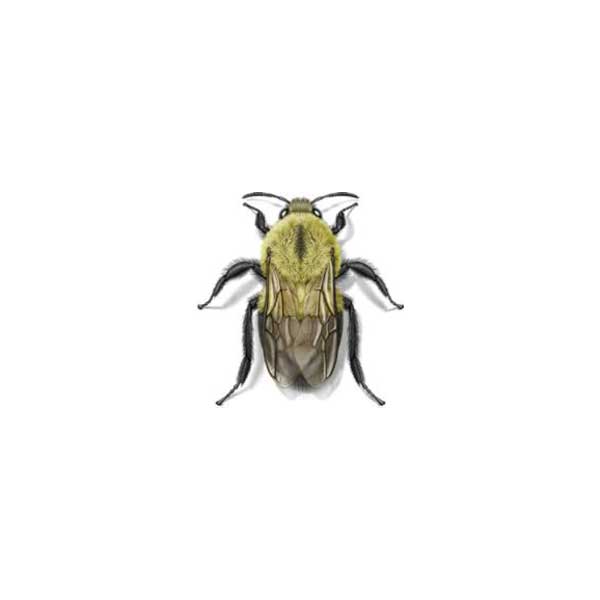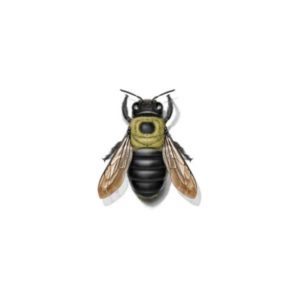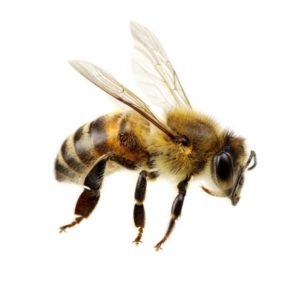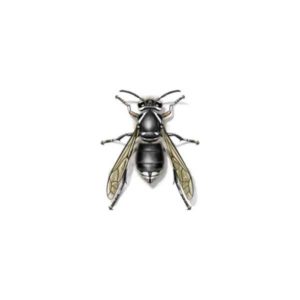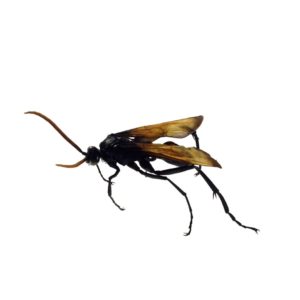Bumblebees in Albuquerque NM
Bumblebees are one of the most known types of bees. They are large and robust insects covered with densely branched setae (hairs). They have short stubby wings and are beneficial as pollinators for many kinds of crops and ornamentals. According to the National Wildlife Federation, their wings beat at least 130 times per second. The beating helps vibrate flowers until they release pollen, which is called buzz pollination. Buzz pollination helps plants produce more fruit.
The only bumblebees to survive winter are the queens. They hibernate in the soil in a location that will not warm up too quickly or too early in the spring (to avoid a potentially lethal early emergence). After emerging from an overwintering site, alone queen seeks out a suitable site to begin a new colony.
Bumblebee Nests & Habitat
When compared to other types of bees, bumblebees live in relatively small colonies that contain just a dozen to a few hundred workers. For the most part, bumblebees nest in the ground. They often use deserted rodent burrows and shallow cavities that are excavated beneath patio stones, landscaping timber, piles of compost, and within grass patches. When they nest above the ground, they are known to occupy abandoned bird nests as well as fiberglass-insulated structural voids; this can include walls, patio roofing, decks, and more.
Bumblebee Behaviors & Stings
Bumblebees are not likely to sting. Only females possess a stinger, which is smooth. This enables to sting more than once, unlike the honey bee. However, they are unlikely to sting unless their nest is directly endangered. The pain from a bumblebee sting is less painful than a honey bee sting, however, a sting can be dangerous if it occurs on the head or neck, or if an individual is allergic to their venom.
Because bumblebees will sting when threatened, it’s important to practice caution around their nests. If you need help with a bumblebee problem, always contact a professional bee control company.
Need help with bumblebees?
We'll call you! Leave your information below.

